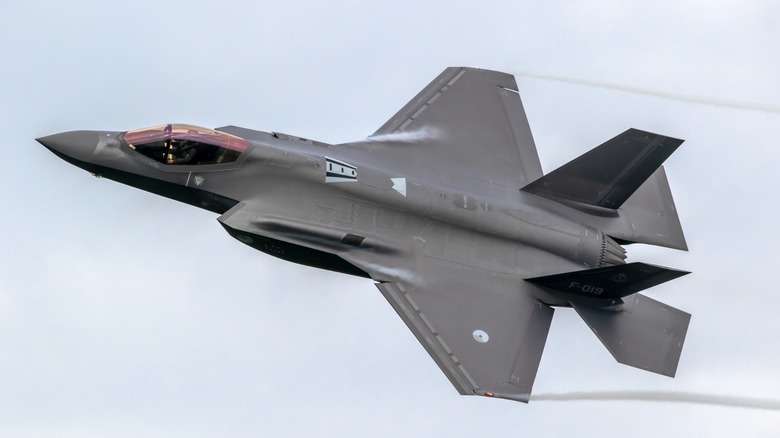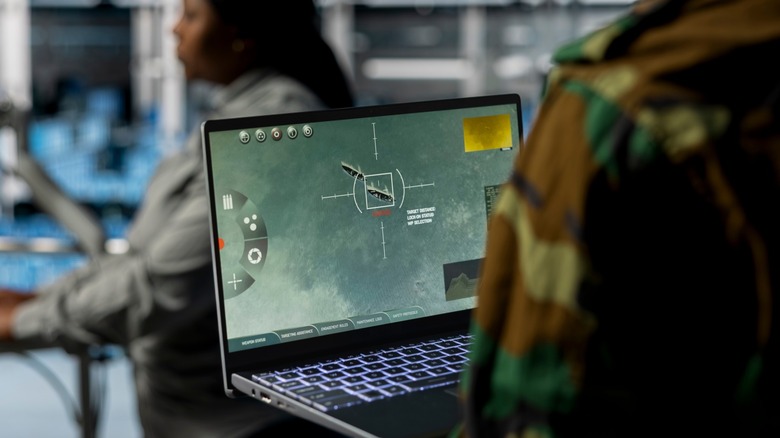For decades, stealth tech has given the United States military a major edge in the air. With aircraft like the B-2 Spirit, F-22 Raptor, and F-35 Lightning II, American airpower has been built on the premise that its fighter jets can fly past radar systems without so much as a blip. If you’re curious how that works, the theory behind it is actually pretty simple: if a radar signal hits the aircraft, it doesn’t bounce back. These jets are built using materials that either absorb the signal completely or reflect it in a different direction so it never returns to the radar dish.
But what if that invisibility cloak is starting to fray? China’s rumored progress in quantum radar suggests the beginning of a new kind of arms race. Unlike traditional radar, which sends out radio waves and waits for echoes, quantum radar taps into the deeper aspects of quantum physics, specifically concepts of entanglement and coherence. The goal isn’t just to listen for a reflection, but to detect even the faintest interaction between a photon and a stealth object, collecting what you might call its quantum fingerprint. That way, it becomes much harder for stealth aircraft to go undetected.
Interestingly, China isn’t the only country exploring this. Back in 2018, Canada made headlines for its commitment to developing quantum radar. Although their research remained largely experimental, it signaled that there is indeed something there. So, maybe the question isn’t just whether it can work, it’s how close are we to it working and what happens if it does?
What is quantum radar?
Quantum radar is a new kind of sensing technology concept that stems from quantum physics. Specifically, a phenomenon called quantum entanglement. The idea here is that when two particles like photons (tiny packets of light), become deeply connected, whatever happens to one instantly affects the other, no matter how far apart they are. In theory, quantum radar creates pairs of these entangled photons. One photon from each pair is sent out into the air, while the other stays behind as a reference.
If the traveling photon interacts with something, like a stealth aircraft, it collects information. By transmitting it to its entangled twin, scientists hope to detect and analyze what it touched, even if that object is designed to be nearly invisible to conventional radar systems. With traditional radar, you’re relying on the signal bouncing back. However, like we explained before, stealth aircraft are engineered to absorb or deflect those signals away, making them appear much smaller or disappear entirely on radar screens.
But, the thing is, even if stealth technology makes an aircraft hard to see, it can’t fully erase its presence in that space. That’s where quantum radar may have an edge. It doesn’t necessarily depend on the strength of the return signal. Remember, there’s an entangled twin. The idea here is that when it interacts with a stealth aircraft, the quantum fingerprint it lifts is immediately communicated with the entangled twin back at the source.
Could China’s quantum radar detect U.S. stealth aircraft?
The concept of entanglement as we understand it in the west is quite fragile, and weather conditions like humidity, dust, and heat can destroy the quantum link between photons. However, according to an article in the South China Morning Post, researchers at Tsinghua University are working on a quantum radar prototype that doesn’t use photons. Instead, their system uses an electron accelerator. Think of it like a giant electromagnetic gun that generates an electromagnetic storm by firing high-energy electrons close to the speed of light.
The idea is that this storm can interact with stealth aircraft in ways traditional radar can’t, detecting objects that are otherwise designed to remain hidden. And unlike entangled-photon-based systems, which struggle over long distances or in bad weather, this approach may be more resilient in real-world conditions. Reports in Chinese media suggest test systems capable of detecting objects at ranges up to 100 kilometers, but no peer-reviewed data has confirmed that they work reliably against fighter jets like the F-35.
Anyways, the U.S. isn’t sitting idle. DARPA, the Department of Defense’s research agency, has backed quantum radar research for years, and institutions like MIT Lincoln Lab and Lockheed Martin have been exploring various forms of quantum-enhanced detection systems. What’s unclear is how much of this has become deployable, since the U.S. rarely discloses its experimental tech. That said, experts around the world remain skeptical of China’s claims. While the research sounds promising on paper, many believe the results have likely been overstated. If quantum radar however becomes reliable someday, it could force a massive rethink of stealth-based strategies. This could change how wars are planned, how air defenses are structured, and even how future aircraft are designed.



